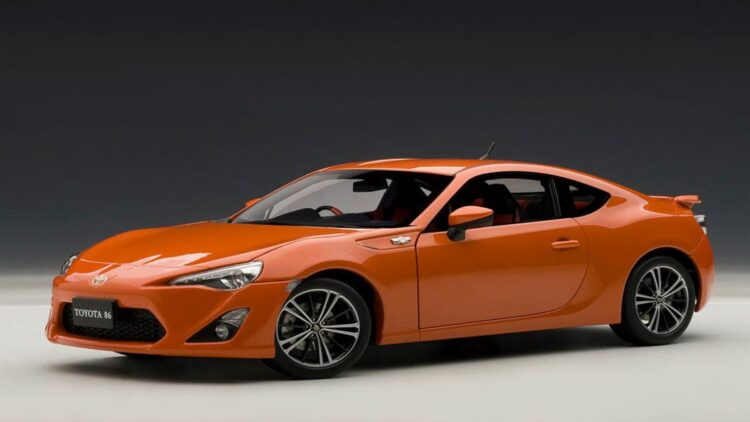In alternative energy sources, bright ideas remain unyielding and strive to break through the impossible. Introducing the Marangoni Toyota GT86 Eco Explorer, the first-ever sports car designed to be powered by ammonia.
Although Toyota has not directly involved ammonia fuel, the Eco Explorer by Marangoni proves that ammonia fuel is cheap and eco-friendly. As a car powered by gasoline and ammonia, it inspires new discussions on sustainable motoring.
A sports car powered by ammonia? The Marangoni GT86 makes it real
Ammonia as a fuel may seem ridiculous, but the Marangoni Toyota GT86 Eco Explorer is a perfect example of how it can be done. This sports car is fitted with an NH3 engine system, fuelled with ammonia stored in a different tank. At low engine speeds, it only uses ammonia and can carry 111 miles of emissions-free motoring per fill. When higher speeds require more power, it immediately reverts to gasoline.
The car was first unveiled at the Geneva Motor Show in 2013 and seen at other events, such as Top Marques in Monaco. Bigas International Company has developed an ammonia fuel system with no fine dust particle emissions and reduces CO2 emissions significantly. The groundbreaking RI21JE pressure reducer is safe and dependable, which makes the Eco Explorer the market leader in environmentally friendly design.
Not only is the GT86 Eco Explorer resourceful, but it is also fun to drive, and it is the same Toyota as it should be. Critics have described it as nimbly handling and precise regarding steering, thus underlining that a fun-to-drive gadget is not shed with sustainable vehicles.
How ammonia fuel could redefine sustainability in the automotive industry
Ammonia only costs 20 cents per liter, eliminating carbon and being significantly cheaper than conventional fuels makes it ideal. The Eco Explorer shows that ammonia can efficiently power urban commutes where the vehicle can travel up to 180 km on a full 30-liter ammonia tank. It produces no CO2 while driving in the urban cycle, a preview of how this fuel can help cut emissions globally.
The SAVIA project that unites several Italian research centers and industry giants has been crucial in advancing ammonia-based systems. Apart from the Eco Explorer, the project also examines using range extenders in electric vehicles to demonstrate other ammonia applications in green mobility.
While it is still experimental, the prospects for ammonia fuel are clear. It calls for the industry to consider fresh energy sources without compromising efficiency – an essential factor for the mass market.
Challenges and the future of ammonia as a viable fuel
As an alternative, ammonia fuel has problems, although most of them can be solved in the future. Peculiarities of working with ammonia as a toxic chemical have dictated the need for enhanced safety, including plug-and-play sensors developed under the SAVIA project. Such sensors monitor emissions near the fuel tank and the tailpipe for safe operations.
The next issue is the issue of scalability. The development of ammonia as an efficient automotive fuel on a large scale entails a significant capital outlay in fixed assets and equipment. Also, consumer attitudes towards ammonia must change to gain approval for its use in the food industry.
Nevertheless, the problems described above indicate that the Eco Explorer proves that ammonia-powered vehicles can be both sustainable and performant. As research continues, Ammonia could be a significant player in the change to greener automobile solutions.
The Marangoni Toyota GT86 Eco Explorer is more than just an experiment; it is a vision of the future for the automobile industry. In the same way, it is a counterintuitive idea, which shows that using ammonia as a fuel does not result in a decline in performance and, therefore, can be used.
Although Toyota has not fully adopted ammonia fuel, Marangoni’s invention may compel other players to consider this green fuel and make the world less reliant on carbon.

